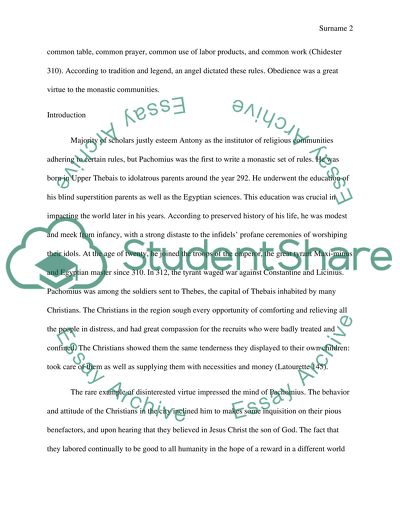Cite this document
(“Pachomius: His communities' life & requirements, and Why collective Essay”, n.d.)
Retrieved from https://studentshare.org/religion-and-theology/1396840-pachomius-his-communities-life-requirements-and
Retrieved from https://studentshare.org/religion-and-theology/1396840-pachomius-his-communities-life-requirements-and
(Pachomius: His communities' Life & Requirements, and Why Collective Essay)
https://studentshare.org/religion-and-theology/1396840-pachomius-his-communities-life-requirements-and.
https://studentshare.org/religion-and-theology/1396840-pachomius-his-communities-life-requirements-and.
“Pachomius: His communities' Life & Requirements, and Why Collective Essay”, n.d. https://studentshare.org/religion-and-theology/1396840-pachomius-his-communities-life-requirements-and.


